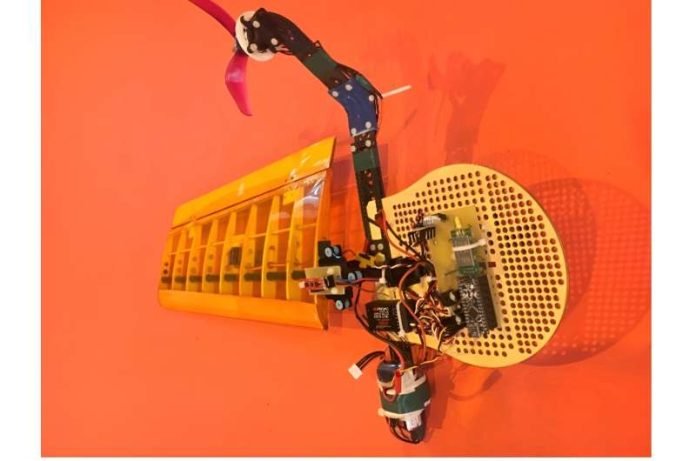
Researchers at Sharif University of Technology in Iran have introduced a ground-breaking study focused on mono-wing aerial vehicles—flying robots with a single wing.
The study aims to unravel the complexities of these unconventional vehicles and offers a new approach to improve their stability and control.
Published in the Journal of Intelligent & Robotic Systems, this research could set the stage for future advancements in robotic aviation.
The Challenge: Understanding the Dynamics
The team led by Afshin Banazadeh dove into this venture to better understand the dynamics of these specialized vehicles.
They noticed that previous studies had left gaps in knowledge, leading to unknown variables that could affect a mono-wing’s flight performance.
To fill these gaps, the team developed a comprehensive approach using both frequency and time domain techniques, along with simulation models.
Technical Advancements: Solving the Spinning Dilemma
One significant hurdle the researchers had to overcome was the spinning motion of the mono-wing during flight. This erratic movement made it challenging to control the vehicle effectively.
They devised a technique similar to the cyclic control used in helicopters, which proved to improve stability and ease of control in simulations.
Real-World Applications
Banazadeh envisions a variety of practical uses for these aerial vehicles, beyond their potential as educational tools. They could be particularly useful in agriculture, assisting in tasks like crop surveying and harvesting.
These vehicles could also be invaluable for data gathering in remote or difficult-to-access locations, contributing to fields like resource management, infrastructure planning, and environmental assessment.
The Road Ahead
While the study introduces a new level of understanding to the dynamics of mono-wing vehicles, it serves primarily as a foundation for future research.
Real-world tests still need to be conducted to further validate the effectiveness and generalizability of their control methods.
The approach outlined in their paper can also be adapted to control other unconventional, time-periodic vehicles, broadening its potential impact.
Summary
The study presents a significant leap forward in the field of robotic aviation, offering a new perspective on the control and dynamics of mono-wing aerial vehicles.
Although the technology is still in its experimental stage, it holds the promise of revolutionizing various industries by providing more accurate, comprehensive data collection in environments that are challenging for traditional aircraft.
With continued research and development, these single-wing flying robots could soon find their way into commercial applications, enhancing numerous aspects of modern life.
The study was published in the Journal of Intelligent & Robotic Systems.
Copyright © 2023 Knowridge Science Report. All rights reserved.



